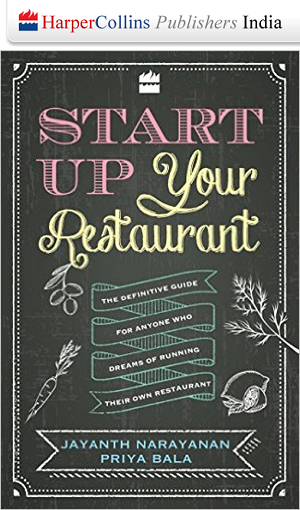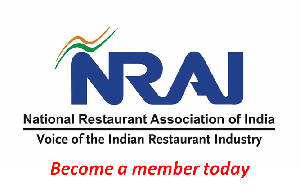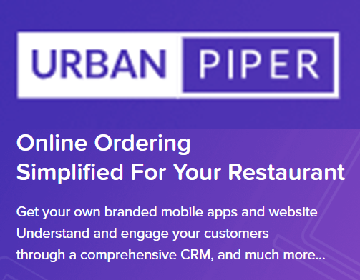
We are working on the revised edition of Start Up Your Restaurant (HarperCollins 2016) and one of the key chapters deals with launching the restaurant after the hard work has been done. We’ve spoken to several ‘opening’ specialists and their experiences provided valuable insights.
Recently, Bangalore saw a mega launch that took up most of a week. There were extravagant invitations, tables hosted for a large number of influencers and the obligatory (or is it?) party attended by the folks we’ve come to know as P3Ps. The launch is a crucial phase for new restaurants, even the ones by established brands. It’s the time when expectations are set, first impressions created and feedback has to be received. Glitzy launches get media attention and create initial buzz. Still, parties that become mere occasions for ‘I was there, too’ posts on FB can, if not planned carefully, become self-defeating.
If the purpose of the grand opening is to announce your arrival on the scene and give potential customers a glimpse of what to expect at your restaurant – its ambience, mood, food and drinks – then a splash-out event may not quite deliver, especially for fine dining places. Smaller events which give guests a feel of the restaurant and its offerings would work better. So, restaurateurs may want to consider whether the presence of celebrities and the ensuing social media coverage justify the energy, effort and, most important, the money expended on this sort of launch.
Some seasoned restaurateurs are dubious about this. Which is why they prefer soft launches, to open without the big bang and to focus instead on giving the first batch of customers the best experience possible. This is also a time for them to diligently gather feedback, to make tweaks and allow staff to slowly get into the groove, ironing out early day glitches.
In these times of cautious spending, restaurants should perhaps focus on their target market and paying customers. Some restaurants prefer to invite small groups of discerning diners to pay-as-you-please promotional meals and that has worked in several instances. Others could offer discounts or vouchers for customers in the first few weeks. All effort should be concentrated on creating a loyal – and paying – clientele that will patronize your restaurant and enable it to sustain and thrive. As it happens, not all the guests invited by professional list-makers fall into this category. It’s just the way things are in these days of social media.
There can be as many ways of launching as there are types of restaurants. It often depends on the style and personality of the restaurateur. So, whatever floats your boat, as long as the customers keep walking into your newly-opened restaurant.










